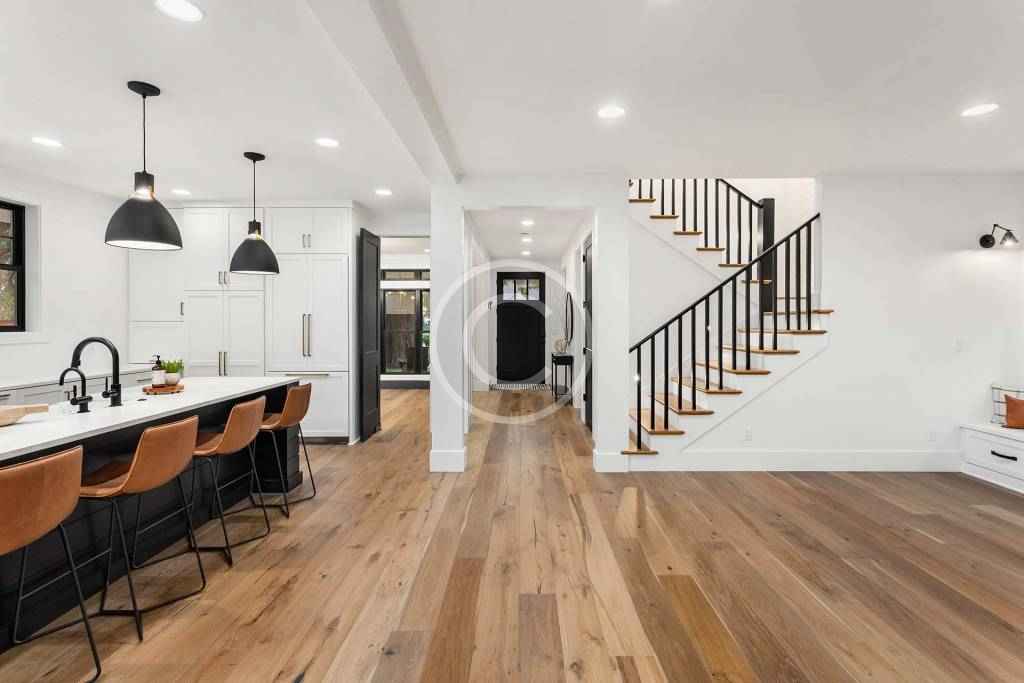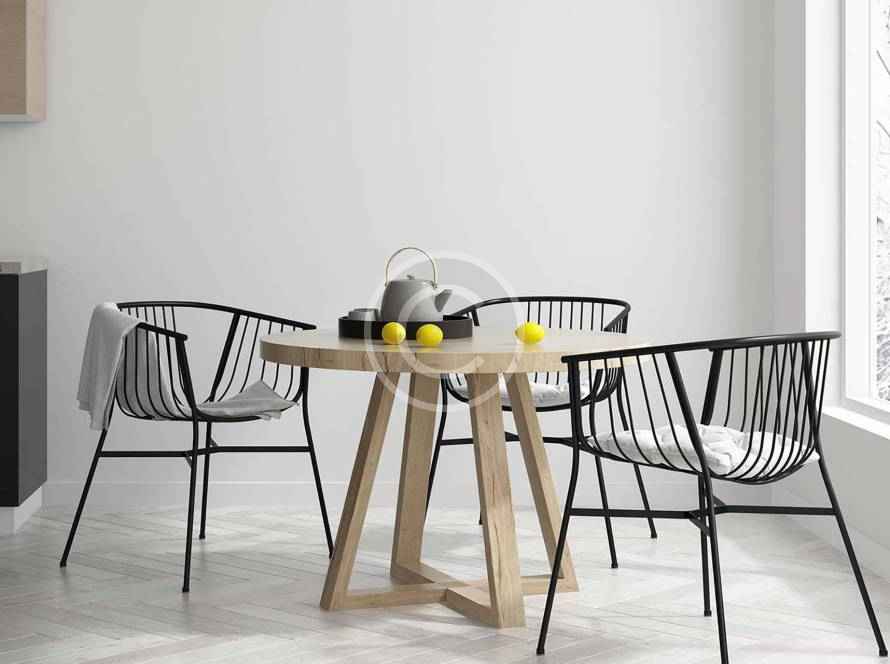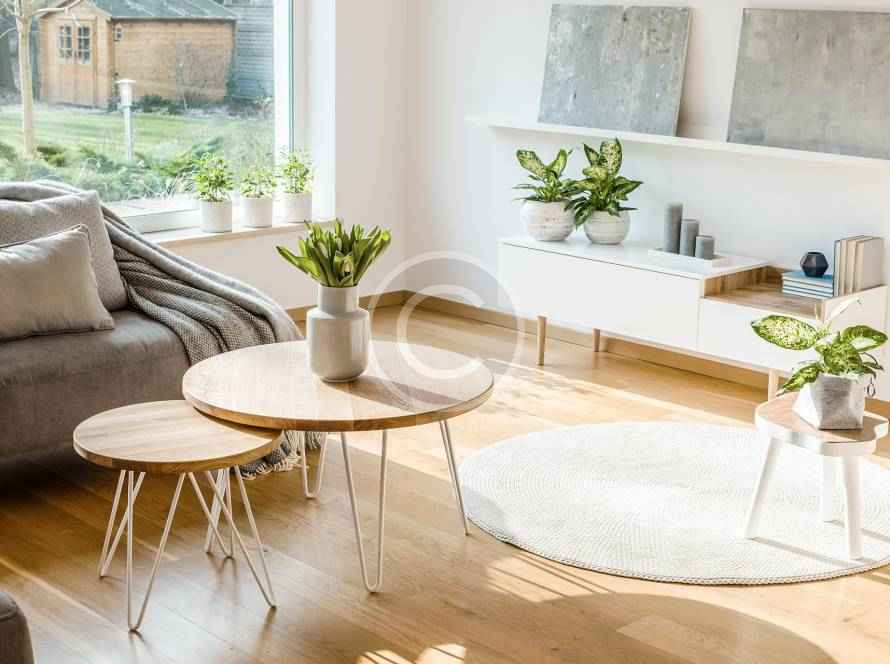In a world increasingly focused on sustainability, the choices we make for our homes play a crucial role in minimizing our environmental impact. Embracing eco-friendly materials not only supports a healthier planet but also contributes to a more natural and harmonious living environment. In this guide, we’ll explore popular eco-friendly materials that allow you to create a sustainable and stylish home.
- Bamboo: A Versatile Wondera. Renewable Resource: Bamboo is a rapidly renewable resource, making it an eco-friendly alternative to traditional hardwood.b. Durability: Known for its strength, bamboo is durable and can be used for various applications, including flooring, furniture, and decor.c. Stylish and Sustainable: Bamboo’s natural aesthetic adds a touch of warmth and elegance to any space.
- Cork: Nature’s Resilient Gifta. Sustainable Harvesting: Cork is harvested from the bark of cork oak trees, which can regenerate after harvesting, making it a sustainable option.b. Insulating Properties: Cork has natural insulating properties, providing warmth and reducing energy consumption in your home.c. Comfort Underfoot: Ideal for flooring, cork provides a comfortable and resilient surface that’s easy on the joints.
- Recycled Glass: A Shimmering Solutiona. Eco-Friendly Production: Using recycled glass for countertops, tiles, or decorative elements reduces the need for new raw materials.b. Versatility: Recycled glass can be transformed into various textures and colors, offering versatility in design.c. Low Maintenance: Glass is non-porous, making it resistant to stains and easy to clean.
- Reclaimed Wood: Beauty with a Storya. Upcycled Charm: Reclaimed wood gives new life to old timber, reducing the demand for fresh lumber.b. Unique Character: Each piece of reclaimed wood carries a unique history, adding character and charm to your home.c. Versatile Applications: Use reclaimed wood for flooring, furniture, accent walls, and more.
- Hemp: The Sustainable Fabrica. Rapid Growth: Hemp is a fast-growing plant that requires minimal water and no pesticides, making it an eco-friendly textile choice.b. Durable and Breathable: Hemp fabric is durable, breathable, and becomes softer with each wash.c. Versatile Usage: From bedding and curtains to clothing and upholstery, hemp is a versatile and sustainable material.
- Recycled Metal: Industrial Elegancea. Reduced Energy Consumption: Using recycled metal minimizes the energy required for metal production.b. Longevity: Metal items, such as furniture or decor, are often highly durable and can withstand the test of time.c. Customization: Recycled metal can be crafted into a variety of styles, from sleek and modern to rustic and industrial.
- Natural Stone: Timeless and Sustainablea. Long-Lasting: Natural stone, such as granite or marble, is durable and can withstand wear and tear over time.b. Low Environmental Impact: Quarrying practices have improved, reducing the environmental impact of extracting stone.c. Energy-Efficient: Stone’s thermal mass can help regulate indoor temperatures, reducing the need for heating or cooling.
- Cotton: Organic and Breathablea. Organic Cotton: Opt for organic cotton, which is grown without synthetic pesticides and fertilizers.b. Breathable and Hypoallergenic: Cotton is a comfortable and breathable fabric suitable for bedding, clothing, and upholstery.c. Biodegradable: Cotton is a biodegradable material, minimizing its environmental impact at the end of its life cycle.




